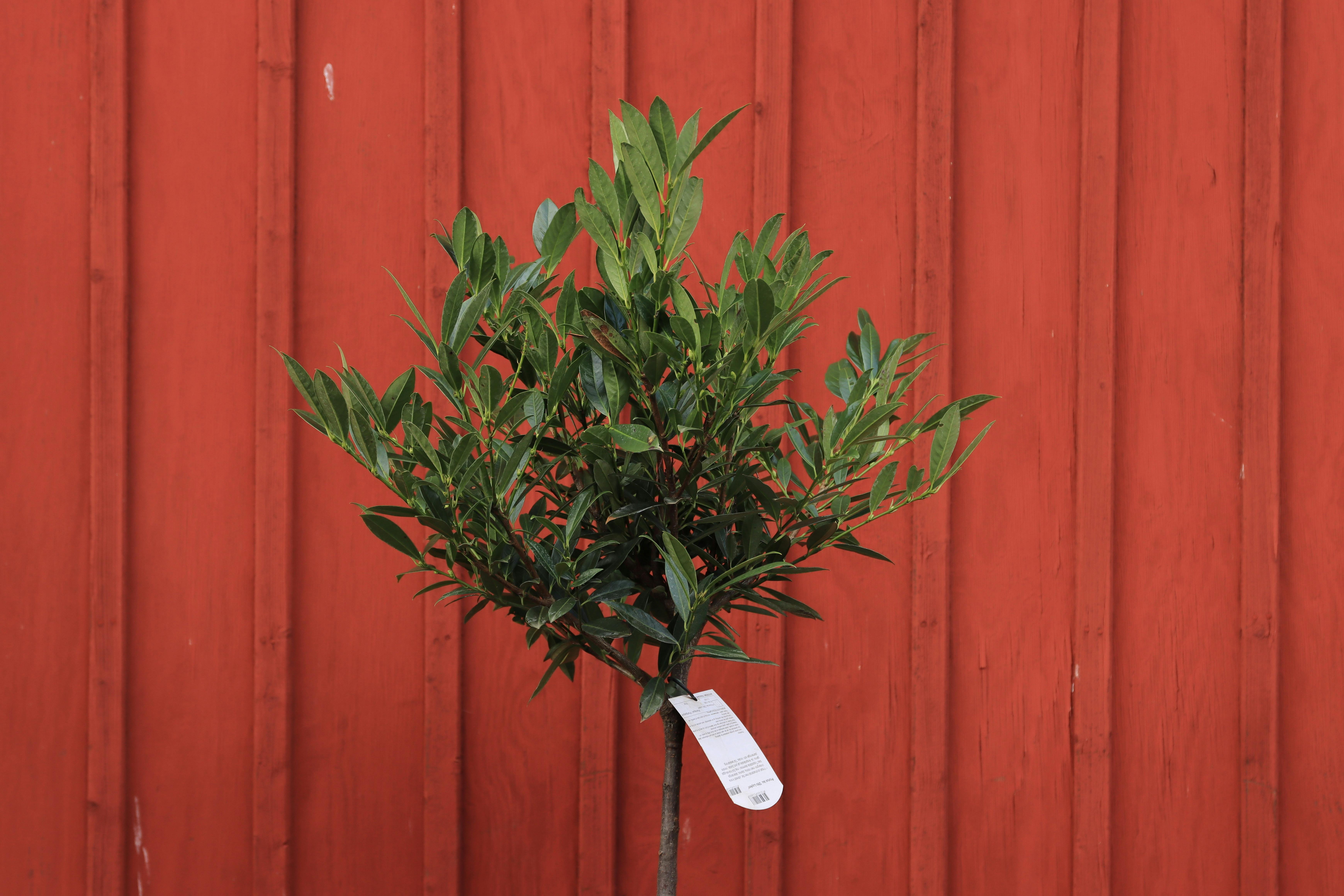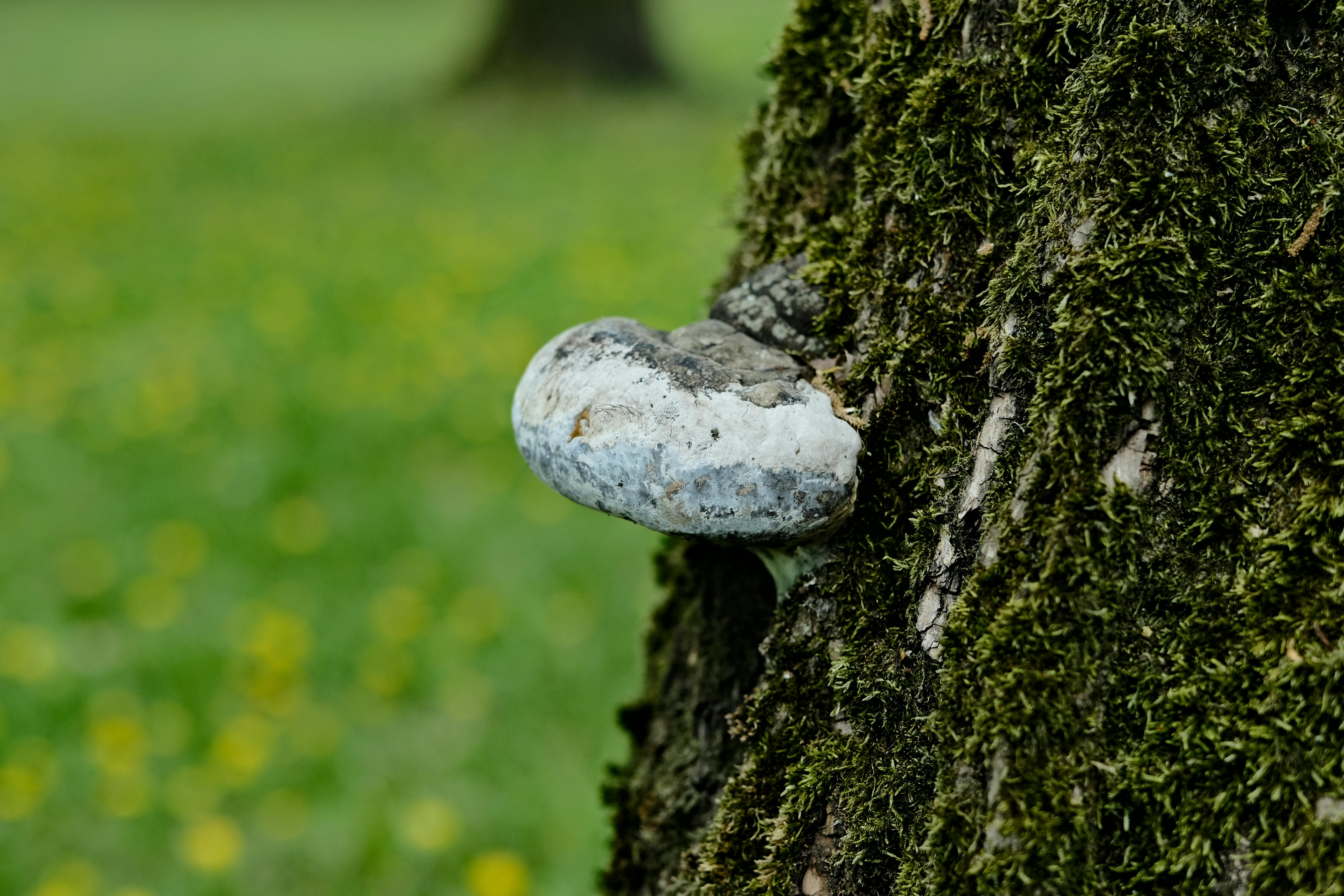A Dogwood tree is an excellent addition to any garden, providing beauty and shade throughout the year. While these trees can be planted at any time of year, the best time to plant a Dogwood tree is in fall or early spring. This will ensure that the roots have plenty of time to develop and establish before the summer heat arrives. With proper care and maintenance, a Dogwood tree will give you years of enjoyment.The best time to plant a dogwood tree is in the early spring when the ground begins to thaw and temperatures are mild. Planting at this time gives the tree ample time to become well-established before winter arrives.
Where is the Best Location to Plant a Dogwood Tree?
When deciding on where to plant a dogwood tree, it is important to consider its environment. Dogwoods prefer moist, well-drained soil with plenty of sunlight and protection from strong winds. An ideal location for a dogwood tree is an area that receives full sun in the morning, but has some shade from the afternoon sun. The soil should be rich in organic matter and have a pH of 6.0 to 7.0. The area should also be relatively sheltered from strong winds as this can damage the tree’s delicate flowers and leaves. If possible, try to pick an area that is away from any large buildings or trees that could cast too much shade and prevent the tree from getting enough sunlight.
When planting a dogwood tree, make sure to space it far enough away from other trees so it will have room to grow without competing for resources with other plants. Planting in raised beds can also help keep weeds away and ensure adequate drainage for the roots of your tree. Additionally, mulching around your dogwood tree will help keep its roots cool during hot summer months and may even act as fertilizer if you use organic mulch like compost or wood chips. When watering your dogwood tree, make sure not to over water as this can cause root rot or other issues; instead water only when needed so the soil remains moist but not soggy.
Overall, finding the right place to plant a dogwood tree depends on the specific environment of your garden or yard. Do your research before planting and make sure you provide all the necessary conditions for your new tree to thrive!
How Deep Should You Dig for Planting a Dogwood Tree?
When planting a dogwood tree, it is important to dig the right depth of hole. Dogwood trees prefer soils with good drainage, so digging the hole at least twice as deep and wide as the root ball is recommended. The root ball should be placed at the same level or slightly above the ground so that it can be easily seen from the surface. When planting, it is important to make sure that the roots are spread out and not cramped in the hole. This helps ensure that your tree will establish itself quickly and thrive in its new home.
When filling in the hole around the root ball, take care to avoid compacting or packing down soil too tightly. The soil should be firmly tamped down but not packed tight, as this can restrict air circulation and water drainage around the roots of your dogwood tree. Once filled in, water thoroughly; this will help settle any air pockets that may have formed during planting.
In order to give your dogwood tree plenty of room to grow and establish itself, it is important to leave enough space around its trunk when you plant it. The general rule of thumb is to leave at least four times as much space between your dogwood tree and surrounding plants or structures than what you initially dug for planting your tree. This gives your tree room to spread out its roots without being restricted by obstacles like buildings or other plants that can limit its growth potential.
Finally, mulching around your dogwood tree can help retain moisture and deter weeds from growing near its base. A two-inch layer of wood chips or bark mulch will provide excellent coverage while also helping keep temperatures more consistent throughout the year for your newly planted dogwood tree.
Soil Type for Planting a Dogwood Tree
Dogwood trees are known for their bright white and pink flowers, as well as their beautiful autumn foliage. However, in order to get the most out of your dogwood tree, you need to select the right soil type. When selecting a soil type for a dogwood tree, it’s important to choose one that is slightly acidic and well-draining. Clay soils are not ideal, since they can compact and retain too much moisture.
The best soil type for a dogwood tree is one that contains plenty of organic material. This will help encourage healthy root growth and provide the tree with essential nutrients. Compost or aged manure can be added to the soil before planting to increase its fertility. Additionally, adding mulch around the base of the tree will help retain moisture and prevent weeds from taking over.
When planting a dogwood tree, you should also take into account its location. Dogwoods prefer partial shade or dappled sunlight, so make sure it is planted in an area that receives plenty of light but not direct sunlight all day long. If you live in an area with wet winters then it is important to plant your dogwood on higher ground or on a slight slope so that excess water can drain away easily.
By selecting the right soil type and planting location for your dogwood tree, you will ensure it gets off to a great start and has all the conditions it needs to flourish for many years!
What Kind of Sun Exposure Does a Dogwood Tree Need?
Dogwood trees are one of the most popular landscape plants due to their beautiful flowers and vibrant foliage. They thrive in areas where they receive plenty of sun and moisture, but it is important to note that not all dogwoods need the same amount of sun exposure. Some varieties such as the American Dogwood (Cornus florida) do best in full sun to partial shade while others such as the Japanese Dogwood (Cornus kousa) prefer more shade. In general, most dogwoods prefer at least six hours of direct sunlight per day for optimal growth and blooming.
When planting a dogwood tree, it is important to consider its location carefully. If planted in a spot that receives too much direct sunlight, it may suffer from leaf burn or scorching leaves. On the other hand, if planted in too much shade, it may not bloom or produce vibrant foliage. The best way to determine how much sunlight your tree needs is to observe its leaves throughout the day and adjust accordingly.
It is also important to note that dogwoods are relatively drought tolerant once established, but they still need regular waterings for optimal growth and flowering. Watering should be done deeply and regularly during dry periods and should be adjusted depending on the temperature and amount of direct sunlight the tree receives.
Overall, when planting a dogwood tree it is important to consider its location carefully and provide enough direct sunlight for optimal growth and blooming. It is also important to remember that different varieties require different amounts of light so be sure to choose a variety that best fits your environment before planting.

How Much Water Does a Dogwood Tree Require?
Dogwood trees are known for their beautiful blooms and stunning colors, making them a popular choice for landscaping. They are also relatively easy to maintain; however, proper watering is essential to ensure the tree’s health and growth. Generally speaking, Dogwood trees require regular, deep watering throughout the growing season. When the soil is dry to the touch, water thoroughly until the soil is saturated and water runs out at the base of the tree. This typically requires about 10 gallons of water per inch of trunk diameter. Depending on your local climate, you may need to water more or less frequently throughout the year.
For newly planted Dogwoods, it is important to keep an eye on moisture levels in the early years. New trees should be watered weekly during warm months if there isn’t any rain. During cold months (late fall through early spring), water every couple of weeks or when soil appears dry. Mulching around your tree can help retain moisture in the soil and reduce stress during extreme temperatures.
Finally, be mindful of too much watering – if you overwater your tree it can lead to root rot or other disease. Make sure your tree is getting enough water but don’t let it sit in wet soil for prolonged periods of time as this can be just as damaging as not enough water. With proper care and attention, you can keep your Dogwood trees looking healthy and vibrant for years to come!
How Far Apart Should You Plant Multiple Dogwoods?
When planting multiple dogwoods, it is important to take the size and growth pattern of the particular variety into consideration. Generally speaking, larger varieties should be planted at least 5 to 6 feet apart, while smaller cultivars may be planted closer together, as little as 4 feet apart. This will ensure that the plants have adequate room to grow and won’t be overcrowded.
It is also important to make sure that there is enough space for air circulation between the plants. This will help prevent fungal diseases from spreading from one plant to another. Additionally, it is a good idea to plant your dogwoods in an area with plenty of sunlight throughout the day. Dogwoods prefer moist soil and full sun exposure in order to thrive.
To ensure that your multiple dogwoods remain healthy and look their best, it is important to give them regular maintenance throughout the year. This includes pruning away any dead or diseased branches as well as fertilizing and mulching each plant every spring. Additionally, be sure to water your dogwoods regularly during dry spells in order for them remain healthy and vibrant.
Overall, planting multiple dogwoods requires careful consideration of their size, growth pattern, and sunlight requirements in order for them to thrive in your landscape. By following these guidelines and providing regular maintenance throughout the year, you can ensure that your multiple dogwoods stay healthy for many years to come!
Do You Need to Provide Fertilizer for Your Dogwood Tree?
Fertilizer can be beneficial for your dogwood tree, depending on the growth and health of your tree. Dogwoods are generally healthy trees, but they may benefit from extra nutrients provided through fertilizer. If your dogwood is not growing well or has yellowing leaves, a fertilizer may help. Fertilizers provide extra nitrogen, phosphorus, and potassium which can help the tree produce more foliage and flowers.
When fertilizing your dogwood tree, it is best to use a slow-release fertilizer rather than a fast-acting one. Slow-release fertilizers will slowly release nutrients into the soil over time, providing your tree with steady nutrition throughout the season. This type of fertilizer will also help reduce the chances of salt build up in the soil which can be toxic for plants. Additionally, it is important to choose a fertilizer that is specifically made for trees as regular lawn fertilizers can harm trees if used incorrectly.
It is also important to remember that you should not overfertilize your dogwood as too much fertilizer can cause nutrient burn and even kill your tree. Always read and follow the directions on the bag when applying any type of fertilizer to your dogwood tree and never apply more than what is recommended. Additionally, you should not fertilize during periods of drought as this could cause further stress on your tree.
Overall, providing extra nutrients for your dogwood through fertilizer can have positive benefits but make sure to always read and follow instructions carefully when applying any type of product to your tree.

Conclusion
Dogwood trees are one of the most popular deciduous trees for landscaping. They are renowned for their beautiful white blooms and attractive red berries. In order to ensure the best possible growth and health of a dogwood tree, they should be planted at the right time. The best time to plant a dogwood tree is during late fall or early spring when the soil is moist and temperatures are mild. Planting a dogwood tree in the summer months can be too stressful on the tree and can cause it to suffer from drought stress. Furthermore, it is important to make sure that the planting site has well-draining soil that is not overly wet or soggy. With proper care and attention, a dogwood tree can thrive in many conditions, so long as it is given enough moisture and sunlight.
In conclusion, when planting a dogwood tree, it is important to choose a site with adequate drainage and sunlight and plant at the right time of year. Late fall or early spring are generally recommended as being good times to plant dogwoods for optimal growth and health. With proper care, a healthy dogwood can be enjoyed for many years to come.

